Meet iii-resident Budhaditya Chattopadhyay / There’s no sound that annoys me
Budhaditya Chattopadhyay is a contemporary artist, researcher, writer and theorist. Incorporating diverse media, such as sound and moving image, Chattopadhyay produces works for large-scale installation and live performance addressing urgent issues such as the climate crisis, human intervention in the environment and ecology, migration, race, and decolonization.
What are your plans for iii?
I had a number of plans. The first was my concert that took place at No Patent Pending #38. The second is the exhibition Expanded Object – Sound Installation that opened on october 2nd (till january 31, 2020) at ACPA exhibition space in Leiden University, which I worked primarily on during the residency. Third is an artist book project which will come out in March 2020 and is titled “The Nomadic Listener” with Errant Bodies Press in Berlin. The fourth plan was a talk at the Musicology Department at the University of Cologne which I did on the 27th of September.
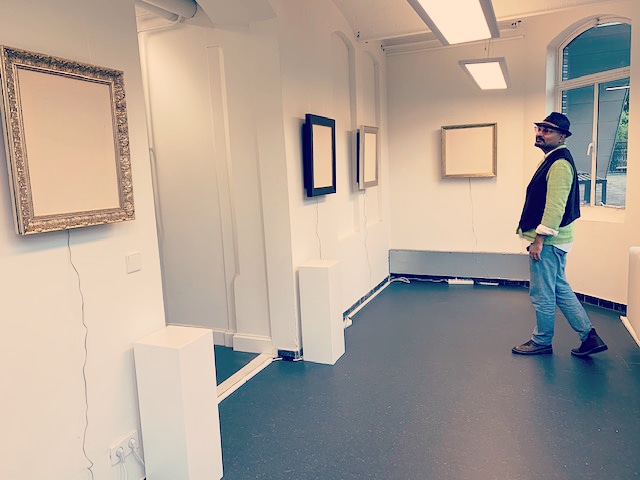
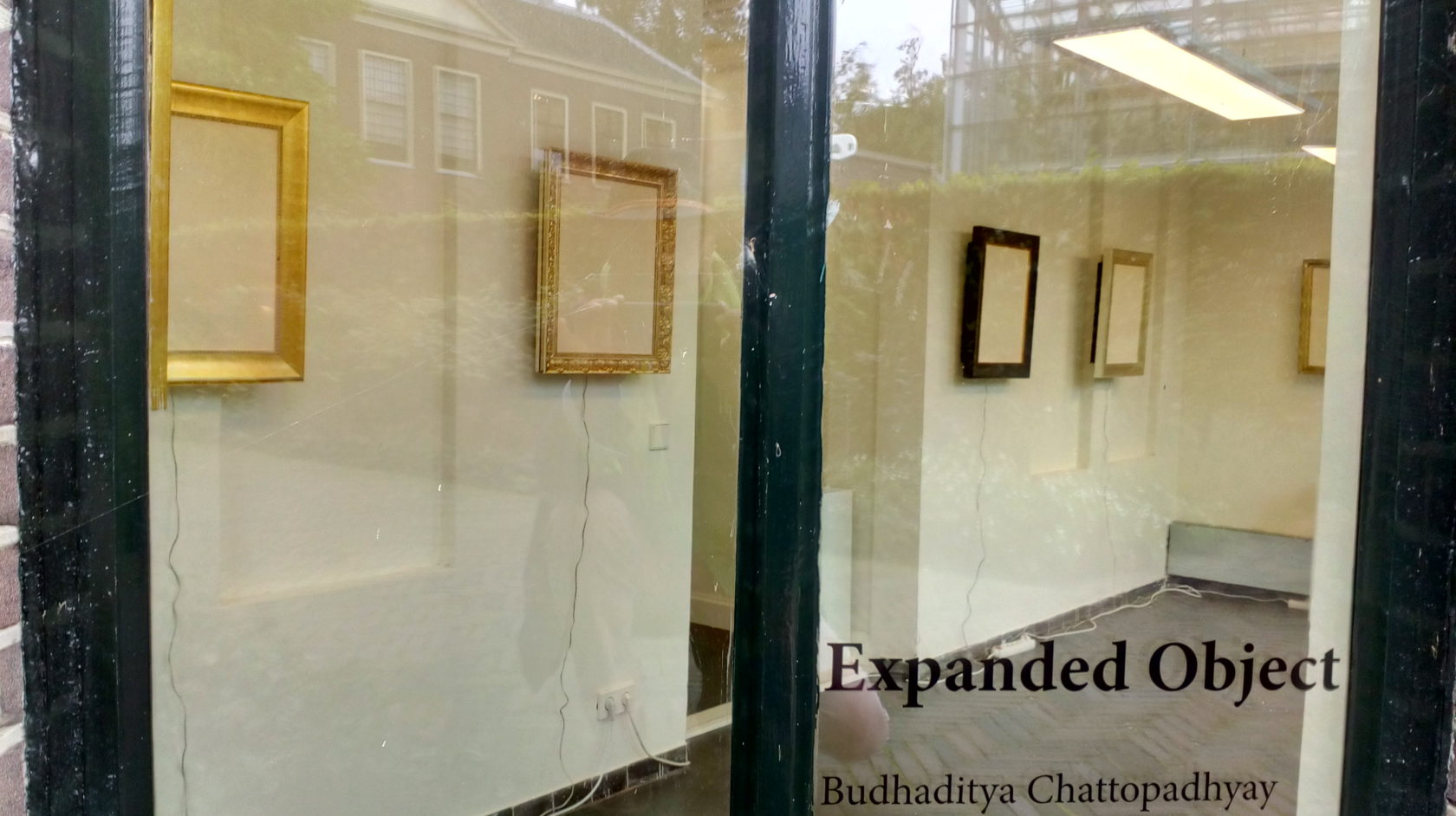
What gets you excited as an artist? Where do you find inspiration?
It’s a very broad area to talk about inspiration. To make it sharp, I would just say listening. I mean it’s just a word but that connotation I aim at – I’d like to be precise: contemplative listening.
For you it's not merely a word.
It’s a philosophical position. Often we listen to merely navigate. Like this coffee (making in the Cafe), we hear the sound of coffee making and the resonance of that sound. You just immediately navigate through the sound to understand that the source, the coffee machine, is behind it. And as soon as you look at the source you forget about it because you don’t need it anymore. But I would like to find a listening practice where it will not end there.
What's your advice on how to really compassionately or attentively listen to something?
In the time of navigational listening (the example of the coffee machine), we go straight from A to B. My advice would be to take the time to smell the roses and pay attention to the details. Some of the sounds may trigger some strong memories and I would like to indulge, encourage and nurture that kind of thought processes. So that there is a kind of intersubjective interaction, I consider this interaction an inspiration for my work.
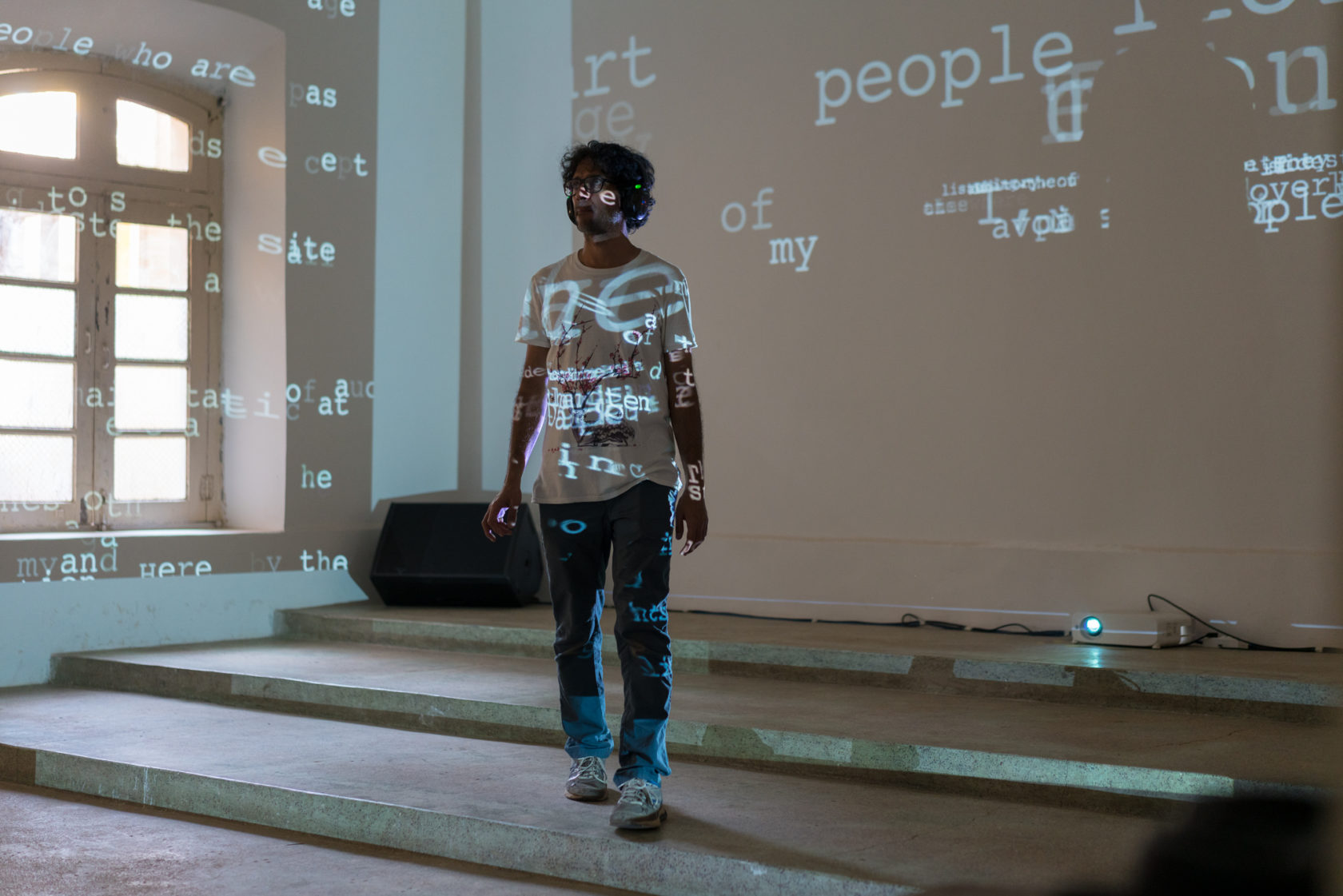
Can you explain the difference between what you called Dhvani (sound heard by the ear) and Sphota (sound grasped by the intellect) in the article Object-Disoriented Sound: Listening in the Post-Digital Condition (2014)?
The sound produced as actual vibration is termed “Dhvani” and how the sound resonates and is received in the mind of the listener is Sphota in Indian aesthetics. In the Western philosophical tradition, sound is thought primarily inclined to the vibrational aspect. In non-western ontologies such as Indian philosophy, sound has 2 different aspects or meanings. One is the vibrational aspect. Second is what it does to the listener. The position of the listener is extremely important. It is thought that without the listener the sound event is not complete. This intersubjectivity is crucial. However, in the western tradition the listener is not given enough importance.
Is it like a thought experiment with the tree.. If a tree falls in the forest and nobody sees the tree fall, did it actually fell?
Exactly. It’s the dichotomy between the object and subject. Object oriented ontology and intersubjectivity – two approaches. In the previous, listener is not given enough importance.
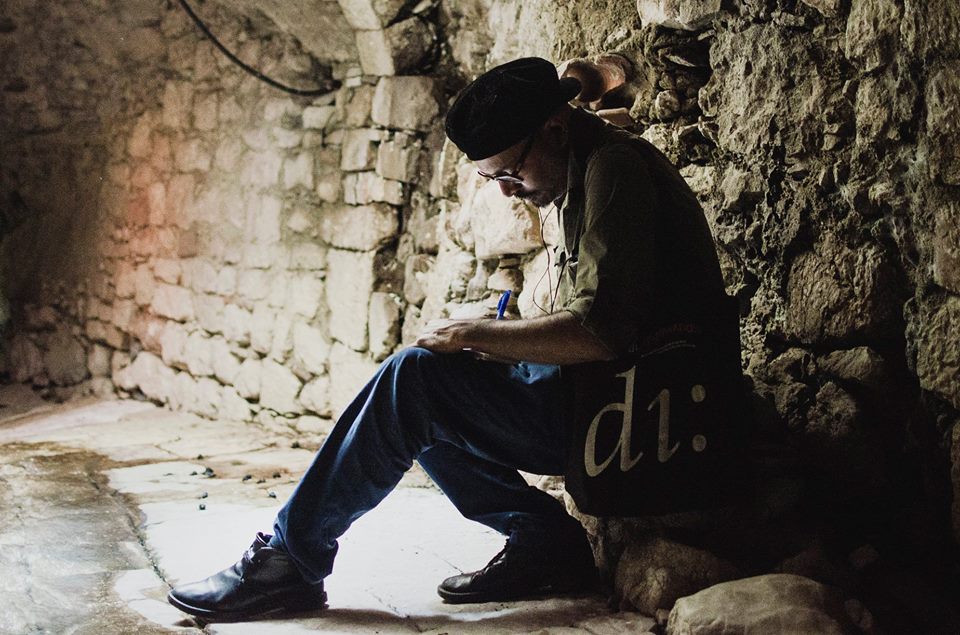
On the matter of balance and dichotomy. How do you see the balance between you as the artist and you the researcher? Because you publish a lot of articles about sound?
That is not resolved yet. There are two bodies that I inhabit, the artist and the researcher. Sometimes I feel an interplay between these two bodies, and there is also conflict, although in academia, the existence of an “artist-researcher” is slowly accepted.
And why I write a lot is because of 3 reasons. I come from a writer’s family. My great great grandfather’s father Bankim Chandra Chattopadhyay wrote the national anthem of India; my father was also a poet. Writing feels natural to me. The second reason is I want to articulate and contextualize my artistic practice, to communicate what I do and to have a kind of language of my own. The third reason that I write is out of a compulsion, it comes from survival. I need to survive in academia, my artistic practice doesn’t feed me.
In your master thesis you wrote “...digitisation and post-digital mediation have led to the interpretation of historical sound recordings as object-disoriented sonic artefacts drifting through the contemporary media environment.”?
I wrote my master’s on historical sound recordings (Aarhus University, Denmark, 2010). I graduated at the National Film School of India (2007), and in that time there was a large transition from analog to digital. I contextualized that process. I write a lot about the post-digital condition, this notion used to understand the contemporary moment in which the digital and analog merge together. Take the movie The Artist (Michel Hazanavicius, 2012) for example. Why is this happening? The post-digital condition can perhaps explain this kind of retro aesthetics. It’s like a hybridization of different methodologies.

Do you see sound and media as a cultural battleground?
I would say interaction, and with any kind of interaction there is a tension. And tension gets intensified when there’re cultures involved. I as an Indian young man came to Europe and got a cultural shock due to the silence that people embrace in Europe. People don’t like to shout, you rarely hear a scream. Self-silencing is something I find very interesting.
But this is a post-globalization moment, with cultures intersecting is far more important than the cultural differences. For that matter I wouldn’t call it a battleground, but an encounter. To give a few examples: The encounter of Claude Debussy with Javanese music. Of American Minimalist School composers like LaMonteYoung and Indian musicians like Pandit Pran Nath, his teacher for 30 years. Also Beatles and Ravi Shanker. There’re many encounters like this taking place.
It’s natural but you have to be aware of. Like cultural appropriation but acknowledging where you got it from.
Exactly.
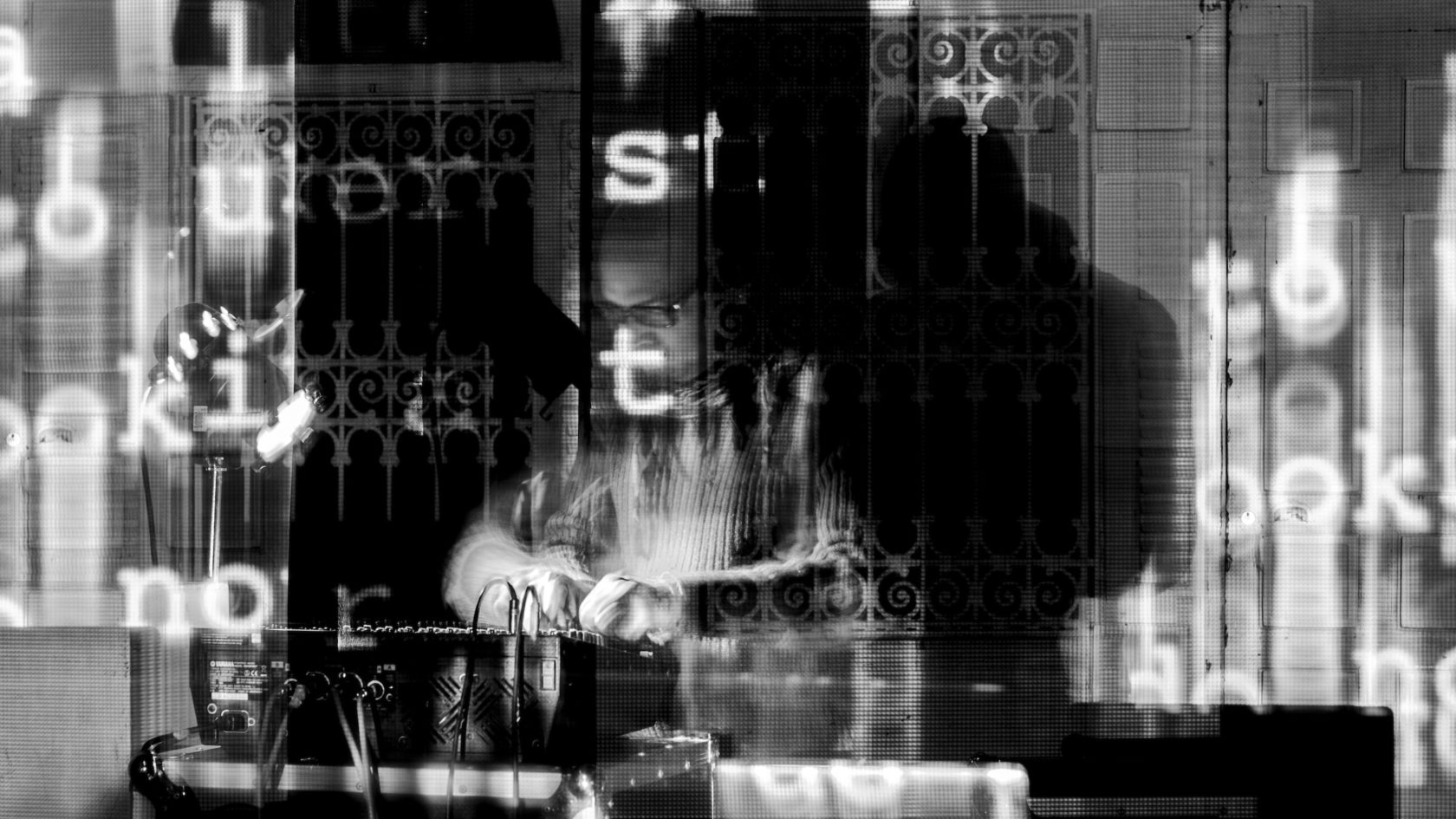
How can sound be colonized?
When you say cultural appropriation, there’s a power hierarchy involved. For example: The Arab music is very intricate and complex. There are 72 Maqams (*is the system of melodic modes used in traditional Arabic music. It is “a technique of improvisation” that defines the pitches, patterns, and development of a piece of music and which is “unique to Arabian art music”). Western theorists (French colonizers) didn’t understand this intricacy and reduced the 72 Maqams (tone rows or scales) to 12 melodies for the purpose of colonial quantification and control. Decolonization is a very important point now, that we are aware of the damage that is done to sound as cultural phenomena.
Is there something like a typical Western sound in Europe?
I have an outsider perspective, although I lived in Europe for the past 11 years. The sound of large architectural built non-places, like the sound of basements (in India there are no basements), underground garages and bunkers. These sounds for me are deeply alienating and threatening my individuality. These sounds make myself aware that I am an outsider in the western world. Through poetic contemplation you can (re)connect to such places.
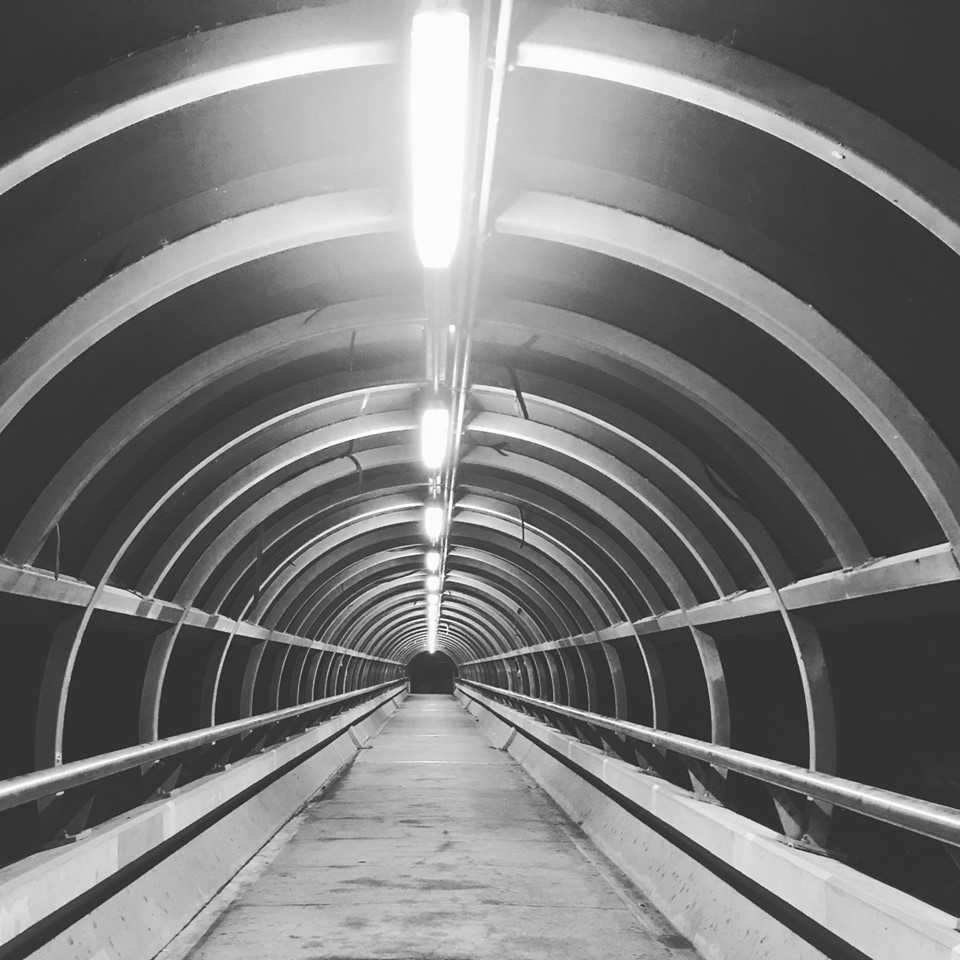
What’s the best way to archive ephemeral media “objects” such as sound in your opinion?
Why do we need an archive? Perhaps we don’t need any archiving, the different interpretations that remain in the mind of the listener are something we can tap into as knowledge.
Is this a Western question?
It’s a very Western question. An archive is very fluid. For example your grandmother tells you a story and years later you tell the same story in a different version to the next generation. It’s continually changing its versions. There is no objective for a locked archive somewhere. In this age, sound as a sense modality, is fluid in itself and socially connects because sound travels. I think that sound is the most important medium for social connection, evolution, decolonization and equality.
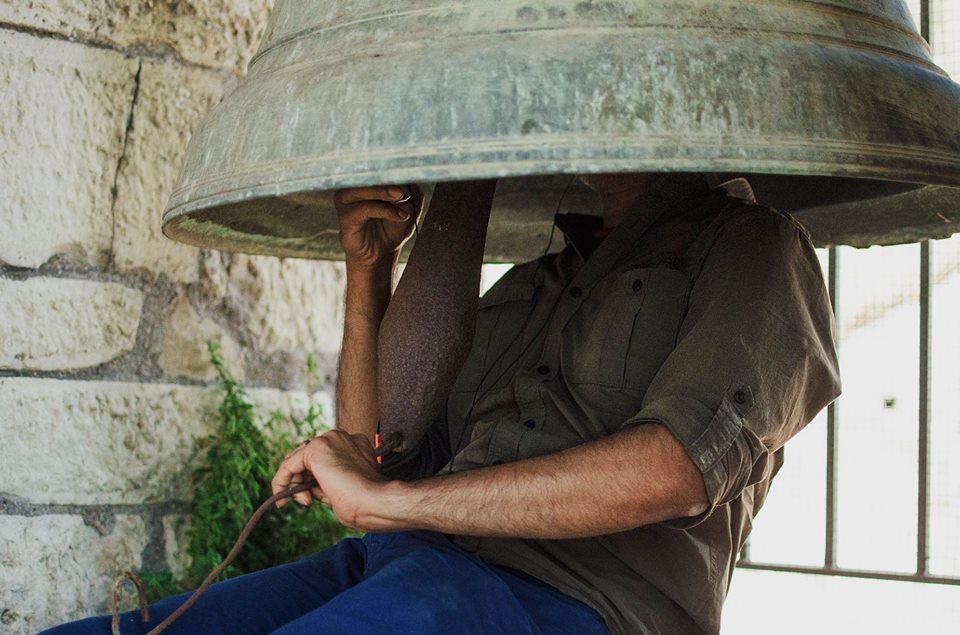
Can you shine a light in what way your nomadic existence influenced your thoughts about sound?
The nomadic movement started from the moment I left the place in India where I was born. And the possibility to come back was kind of closed because that place doesn’t exist anymore (Industrial Belt in the east of India now). The idea of homelessness and disorientation used by philosopher Vilem Flusser inform my thinking about sound when I moved from one place to another and had no home. Making my listening practice transcendental and poetic. Anywhere I go I’m homeless so for me reconnecting with any place is through poetics. My nomadic state triggers a multitude of sensations in me, rather than being fixed in an idea or on a location. I’m a troubadour.
What is the relationship between sound and music?
Music is a much broader idea than sound, It’s a subject I am thinking about quite a lot now. To me music is the beginning. When I was 8, I listened to the B-minor Mass of J.S. Bach on the radio. My mother was teaching me Indian classical music. I sang (until puberty) classical music and played the tanpura, an Indian classical instrument. Music influenced me a lot. I was fully engrossed into music between age 8 and 22 – listening to music was my main activity. At the same time I listened to Bach, I got a cassette player from my sister so I recorded sounds all the time; my mother singing, the rain, wind through the window. I was deeply triggered by technology mediating natural phenomena. How the environment sounded like and how it sounded in a recorded medium, this mediation was crucial to my work.
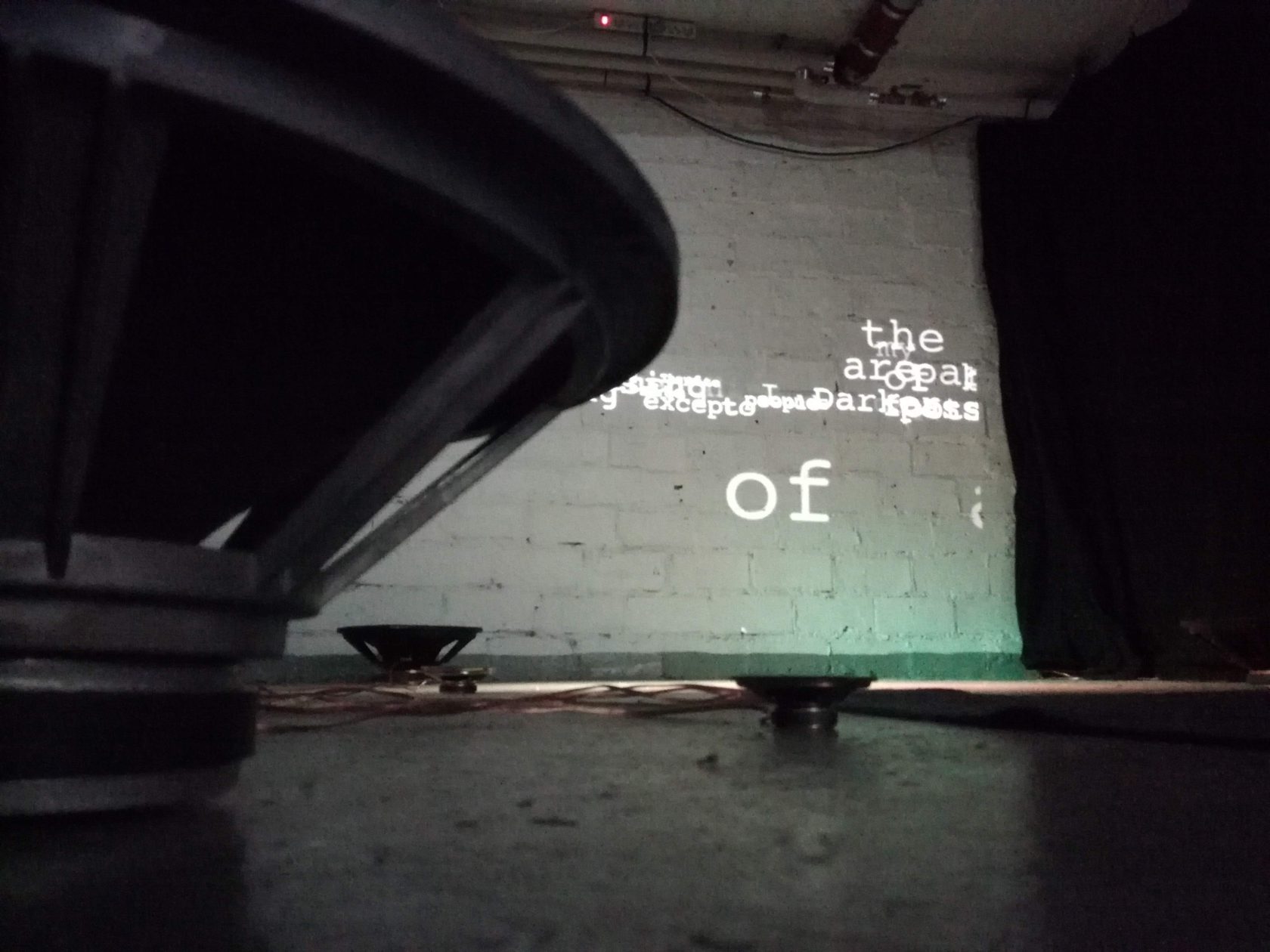
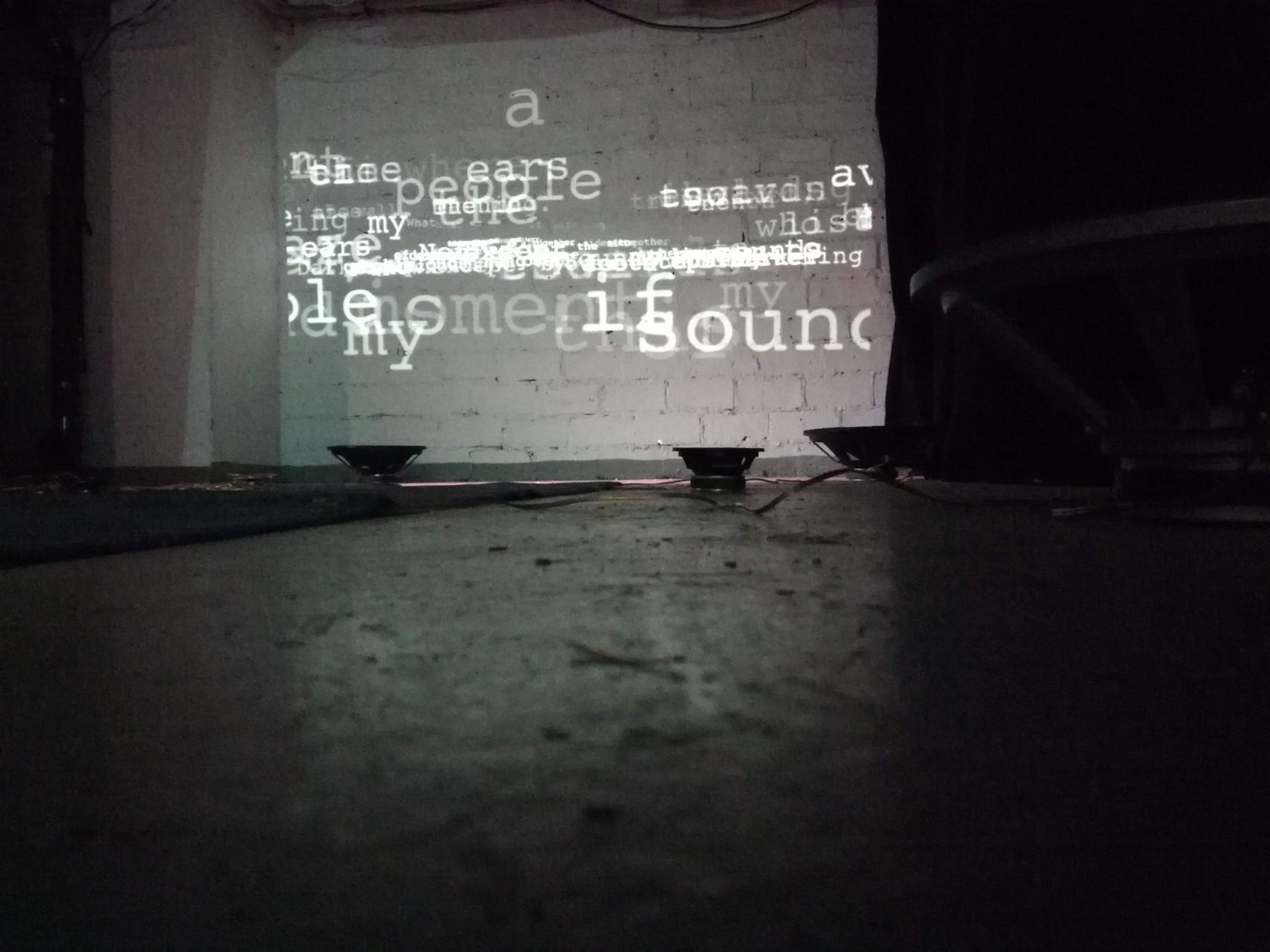
What would you be caught listening to on an average day?
In the field of everyday sound: My roomtone, when there’s nobody speaking in the room. And I have approximately 1000 recordings of toilet / bathrooms I visited in my life, it’s a very specific sound for each room. And I listen to my own breathing quite a lot. The rhythm of boiling eggs. And I also like the sound of drilling in construction sites. I don’t think that any sound annoys me.
That could be your mantra: There’s no sound that annoys me.
Budhaditya Chattopadhyay performed at No Patent Pending #38 on October 12, 2019 at iii workspace in The Hague.
Performances by Mario de Vega, Marianthi Papalexandri-Alexandri, Budhaditya Chattopadhyay and Mischa Daams.